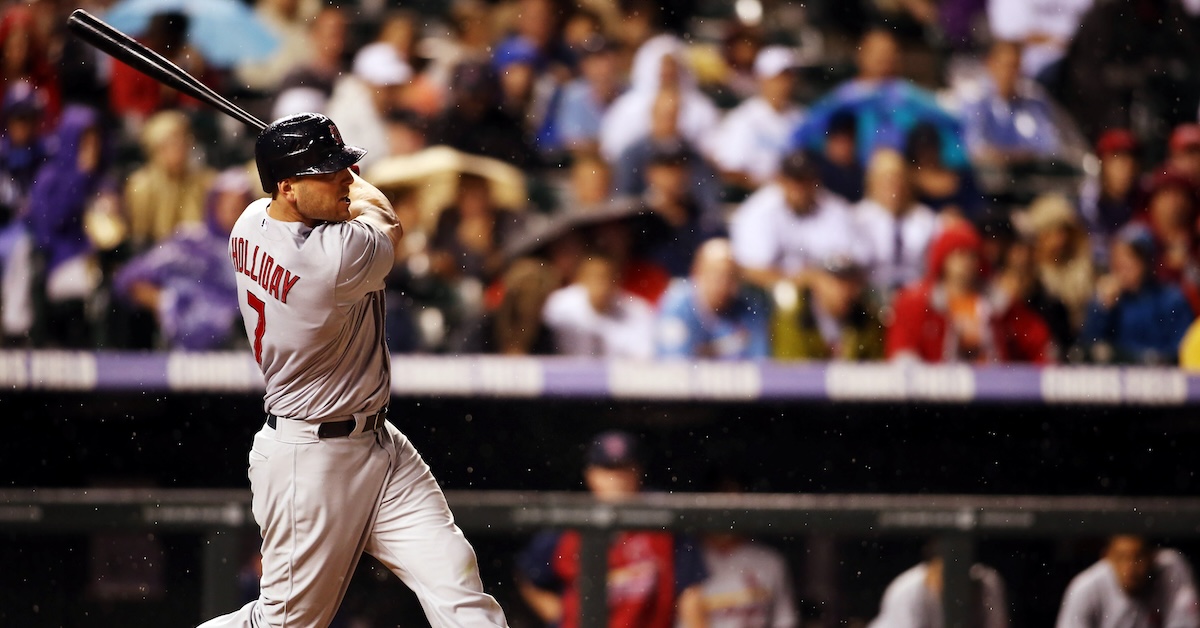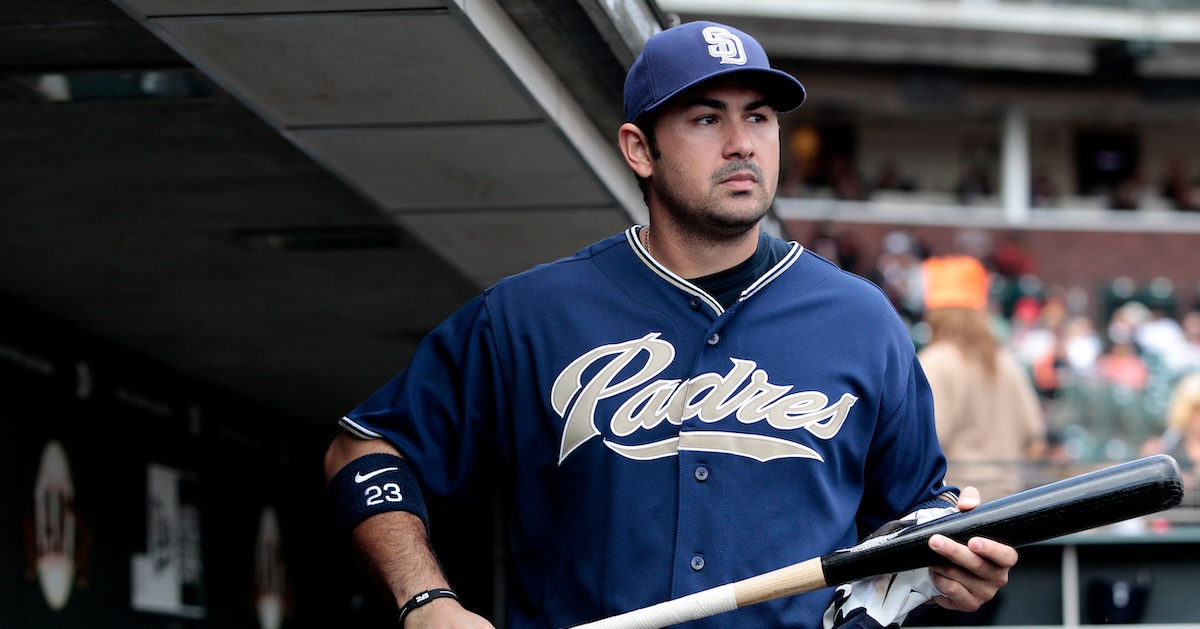JAWS and the 2024 Hall of Fame Ballot: James Shields

The following article is part of Jay Jaffe’s ongoing look at the candidates on the BBWAA 2024 Hall of Fame ballot. For a detailed introduction to this year’s ballot, and other candidates in the series, use the tool above; an introduction to JAWS can be found here. For a tentative schedule, see here. All WAR figures refer to the Baseball-Reference version unless otherwise indicated.
| Pitcher | Career WAR | Peak WAR Adj. | S-JAWS | W-L | SO | ERA | ERA+ |
|---|---|---|---|---|---|---|---|
| James Shields | 30.7 | 28.2 | 29.4 | 145-139 | 2234 | 4.01 | 102 |
Given that he made just one All-Star team in his 13-year major league career (2006–13), and only once finished higher than 11th in the Cy Young Award voting, it’s tough to argue that James Shields was a star. The 6-foot-3, 210-pound righty was a reliable, high-quality workhorse for most of his career, totaling 200 or more innings 10 times and making 33 or more starts nine times, five of which included an ERA+ of 110 or higher. He earned — or rather borrowed from NBA legend James Worthy — the nickname “Big Game James” for strong performances in high-profile spots, and while it wasn’t always apt, he was renowned for his work ethic and competitiveness, viewed as a player who could mentor younger pitchers and help to transform the culture of a team. Shields helped both the 2008 Rays and 2014 Royals come out of nowhere to reach the World Series, and wound up at the center of a couple of pivotal trades. Read the rest of this entry »








